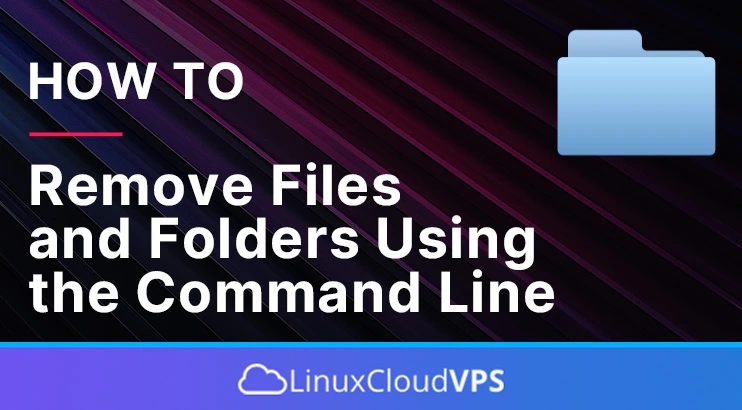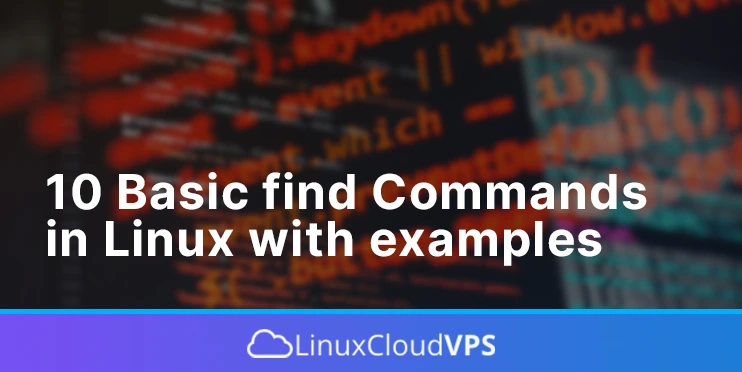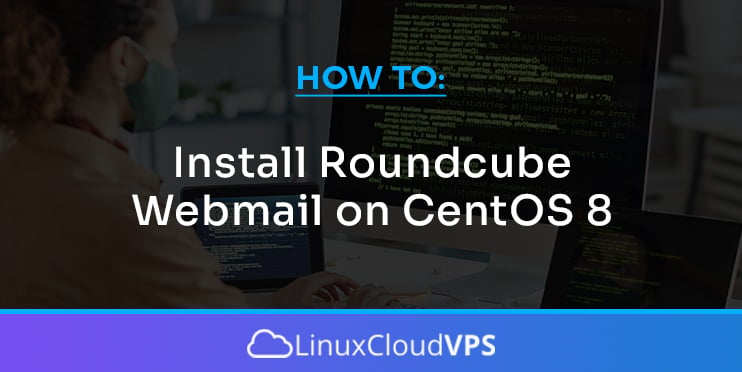In this blog post we will talk about a website loading slow, and how it can be fixed. A slow website can negatively impact your SEO. This in turn can decrease your ranking by major search engines like Google and Bing. More importantly, a slow website negatively impacts your conversions, and customer experience, directly impacting your bottom line. Several factors impact website load times, including unoptimized code, large images, disabled compression, redirects, slow hosting, server misconfiguration, etc. In the following paragraphs we will explain what steps are necessary to make your website faster.
Tips and Tricks
What To Do When You’re Locked Out Of WordPress Admin
It is exceedingly frustrating when your WordPress admin account is locked out. What’s worse, there’s typically no button to take you back to the login screen. If you go back via the URL, it will redirect you to an error message. This means you cannot add posts, publish content, install or update plugins, or anything else. In this tutorial, we go over what to do when you’re locked out of WordPress admin. We will explain why your WordPress admin account is locked and how to get it unlocked differently. Let’s get started!
What is 403 Forbidden error and how to fix it?
Most of you are familiar with the “403 Forbidden” error message or have at least run across it. Running into this error message on your computer or phone is equally annoying and frustrating. So, what does the 403 error mean, and what can you do about it?
How to Remove Files and Folders Using the Linux Command Line
Removing the files and folders is necessary to manage your disk space efficiently. These commands are very useful and are used daily by system administrators, developers, and regular users familiar with them. The command line is a very powerful tool that can speed up many processes and save time compared to using the GUI. In this post we will show you how to remove files and folders on your Linux system using the command line.
10 Basic Find Commands in Linux With Examples
In this tutorial, we are going to explain the most used 10 find Commands in Linux with real examples.
Find command is one of the most used commands in Linux since with the find command we can easily locate files and folders on our server. The find command is executed with a couple of arguments and conditions that can easily locate files by users, groups, size, date and etc.
In this tutorial, we are going to use the latest Ubuntu 22.04 as OS, but you can choose any Linux distro to practice these examples by the “find” command. Let’s get started!
How to Install Roundcube Webmail on CentOS 8
Roundcube Webmail is open-source browser-based webmail that is written in PHP and uses MySQL as database storage. It can provide almost the same features as application-based mail clients such as Outlook and Thunderbird but is using a more approachable solution since it can be accessed publicly by just using a web browser combined with its fast and user-friendly web interface.
In this guide, we will show you how to install Roundcube Webmail on a CentOS 8 VPS. Installing Roundcube Webmail on CentOS 8 should take less than 15 minutes to complete. We will be using our SSD 1 VPS plan with CentOS 8 for this tutorial. Let’s start.
How to set up advertisements on the WordPress page and make income?
Starting a website in WordPress is extremely easy. It’s open-source, free, and offers you a myriad of features and functionalities. You can use WordPress to create a unique and feature-rich website that millions can enjoy. But what more you can do with WordPress? Well, you can make an income from it, too.
One of the easiest ways to make money from your WordPress site is by displaying advertisements on your site. It’s super simple – you can use your WordPress website the way you like and your adverts will just sit there making money on the side. Also, it takes very little effort to get started with!
cPanel vs DirectAdmin, Which to Use and Why?
A web control panel can make or break your hosting account experience and server configuration. So, it is important to select the right one. And narrowing down to the two most popular options available i.e., cPanel and DirectAdmin, is very easy. But it is tricky to choose between the two. Especially, with the increase in the price of the cPanel licensing fee, there has been a lot of buzz on the Internet and hosting forums regarding its alternatives. So, in this post, we will compare cPanel and DirectAdmin on key areas to find out which one is good for you. So, let’s get started!
How to Install Prestashop on CentOS 7
PrestaShop is one of the most popular open source e-commerce self-hosted platforms. PrestaShop is completely free and open source, used by thousands of online stores around the world. In this article, we will explain the process of installing the latest version of PrestaShop on a CentOS 7 VPS with Apache, MariaDB, and PHP. In this tutorial, we will show you how do you install Prestashop on CentOS 7 based server.
sudo Command Example
In this post, we will discuss ‘sudo’ command and we will show you sudo command examples. The sudo command is one of the most important and commonly used command in Linux. It is very important that the Linux user understand sudo command to increase security and prevent unexpected things, that the user have to go through. In the most of the Linux operating system, sudo (“superuser do”, “switch user do”) permits a user with proper permissions to execute a command as another user, like the superuser. Basically, the sudo command allows a permitted user to execute a command as the superuser or another user such as modify important system configuration files, remove packages, create users and groups, install and update.
On the other hand, the system administrator can share the root password (which is not the recommended method), so that normal users of the system can access the root account via the sudo command. The behavior of the sudo command is controlled by the /etc/sudoers file on your system.










